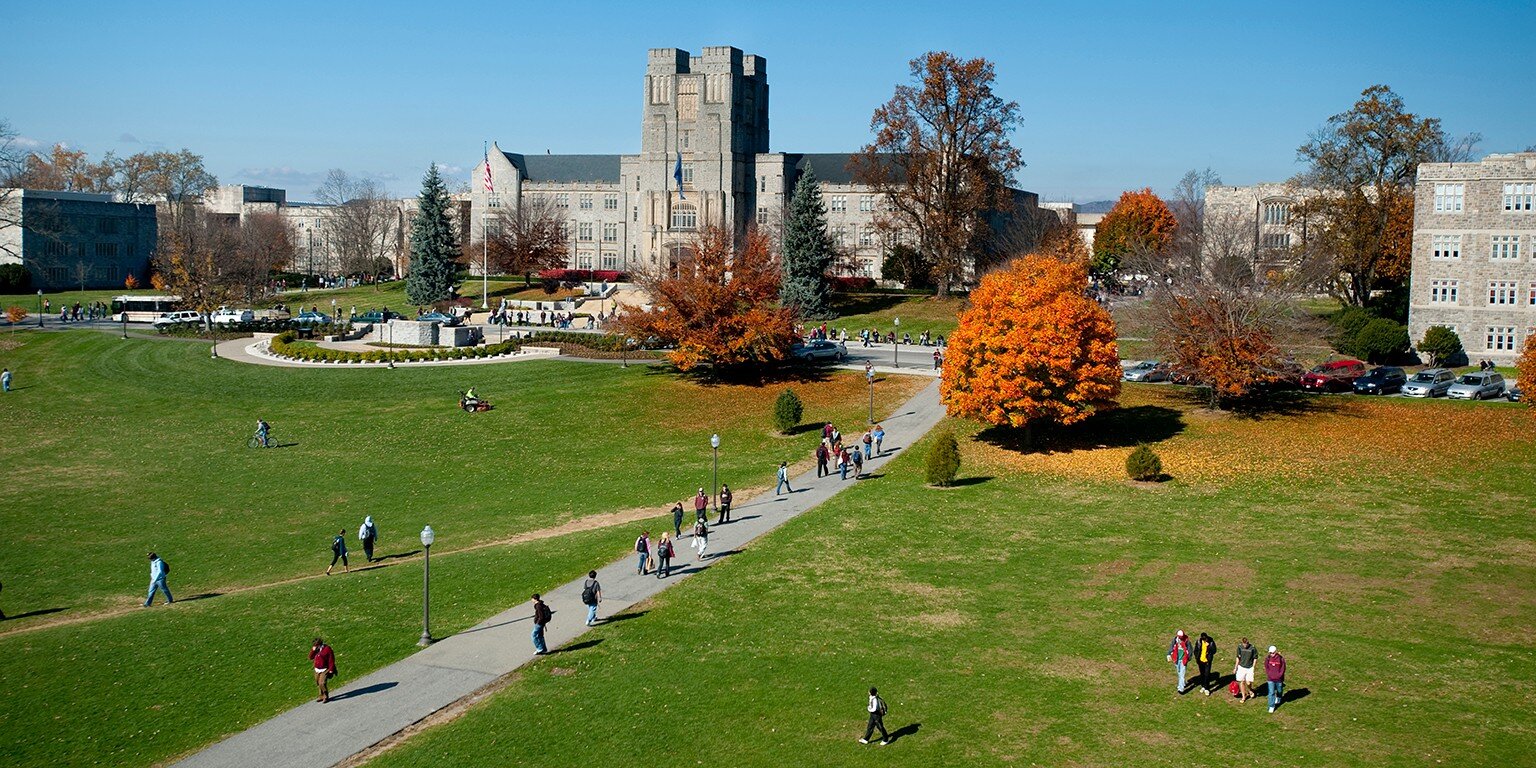
EXHIBIT
FINDING
A WOMAN'S PLACE AT VIRGINIA TECH 1921-2021
A SPACE FOR OPPORTUNITY—HOME ECONOMICS AT VIRGINIA TECH
Women with a home economics degree were prepared for a number of careers including teacher, home demonstration agent, researcher and journalist. Promotional materials from the 1960s touted that the field prepared women for the worlds of both home and work.
Home demonstration agents helped rural women develop leadership abilities, taught women how to manage their resources and educated famlies about health and nutrition. However, materials from the U.S. Department of Agriculture, describe the main objective of the home demonstration agent as:



















